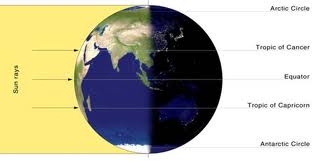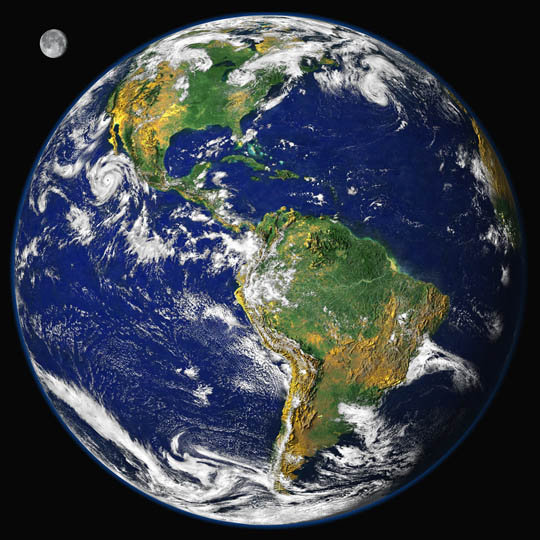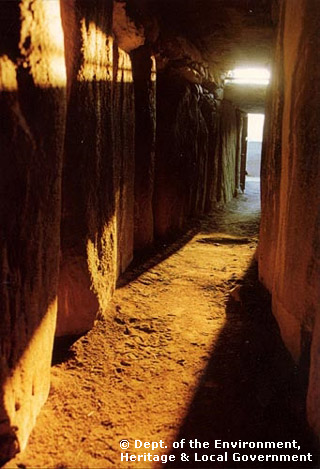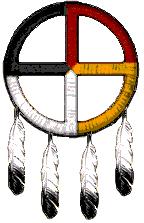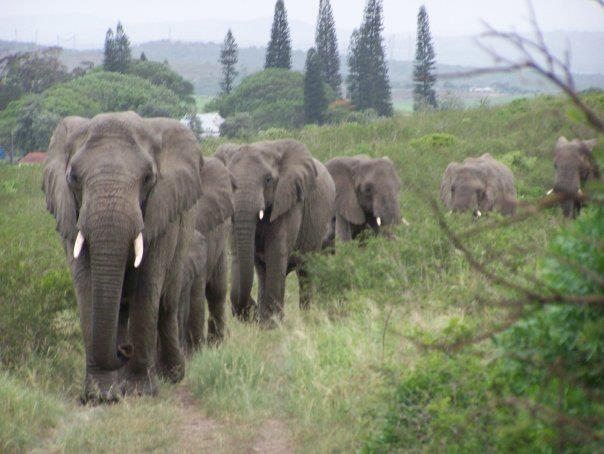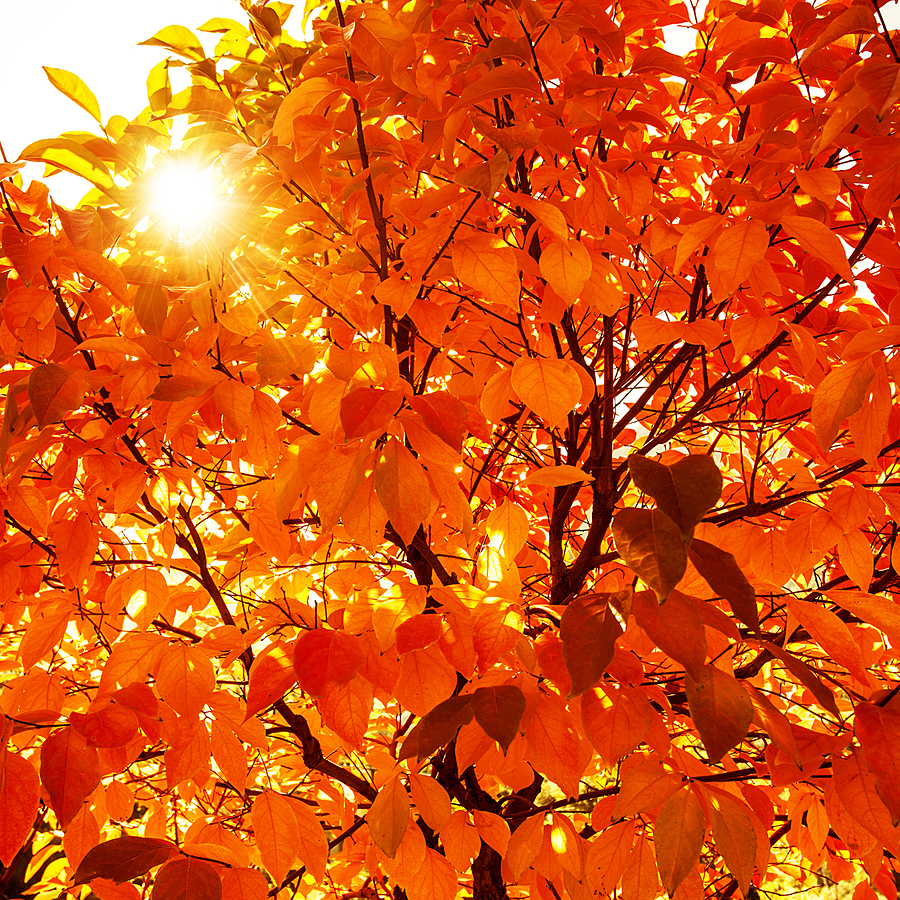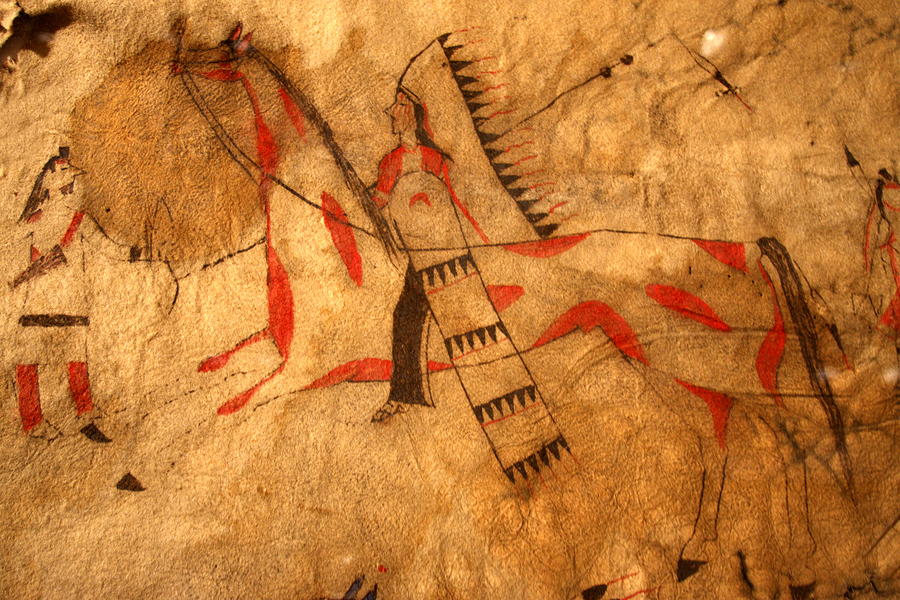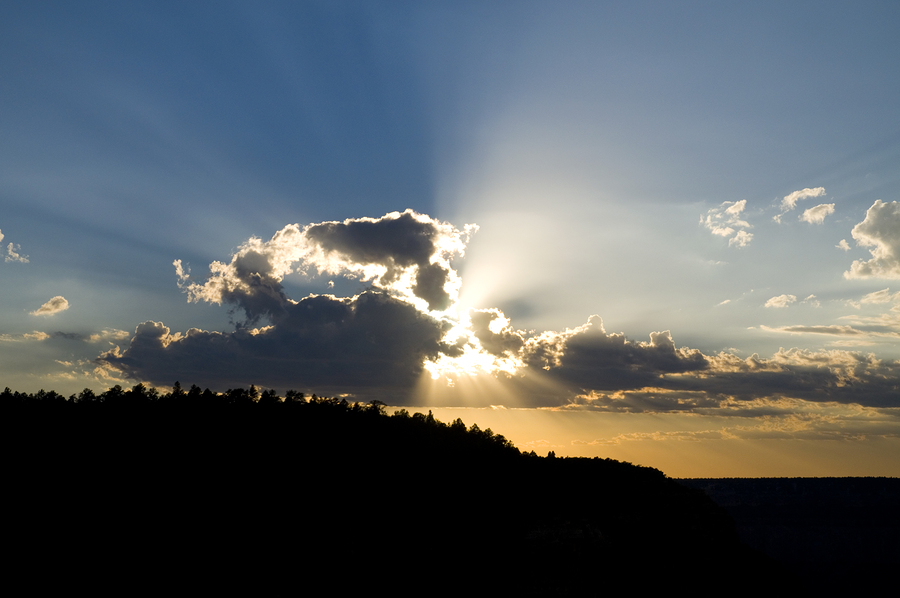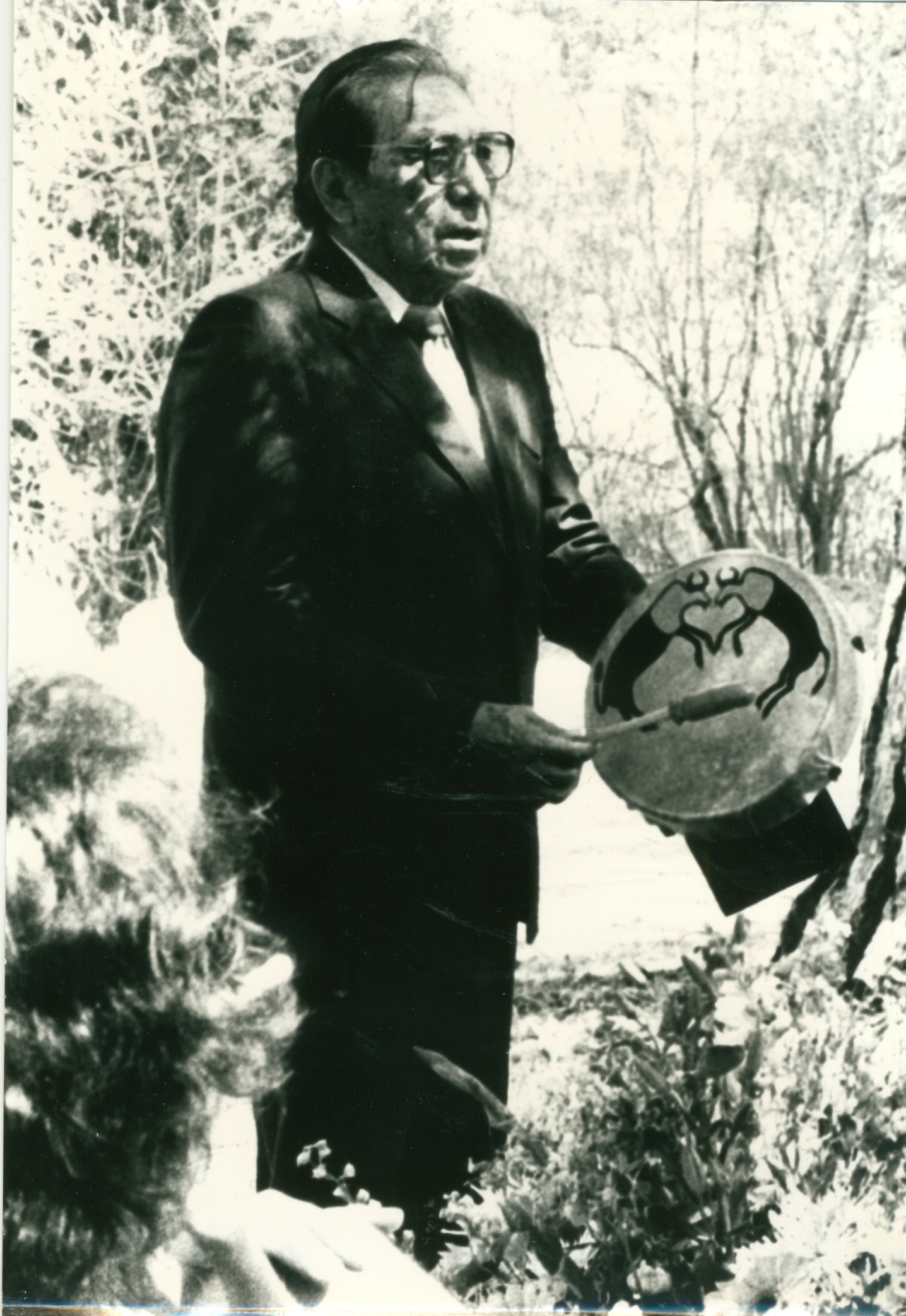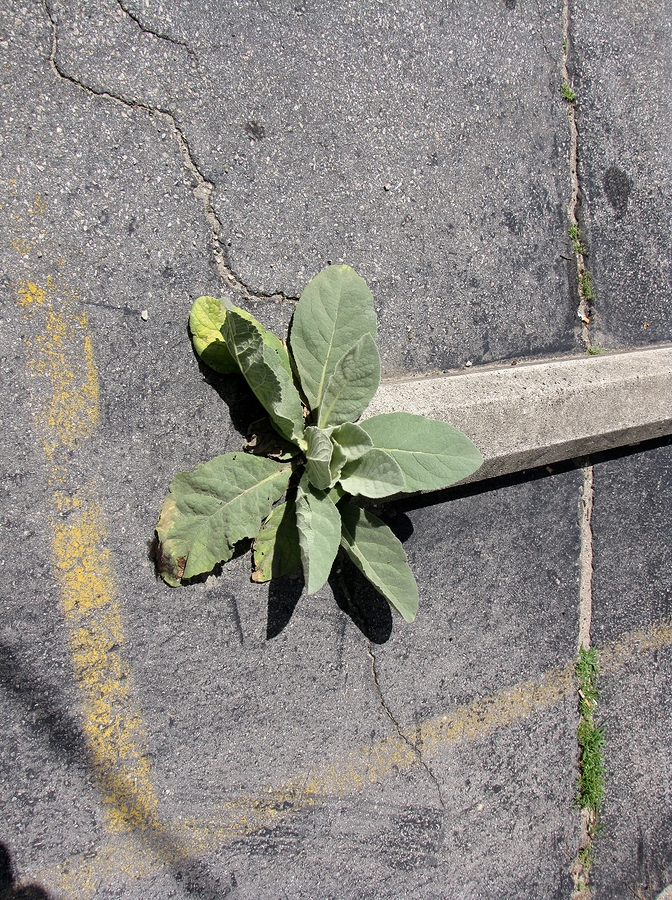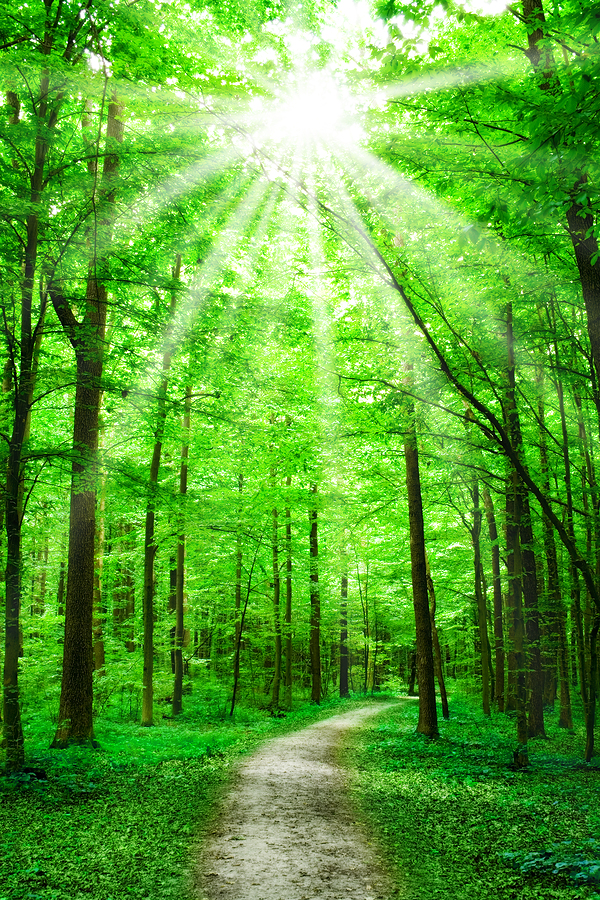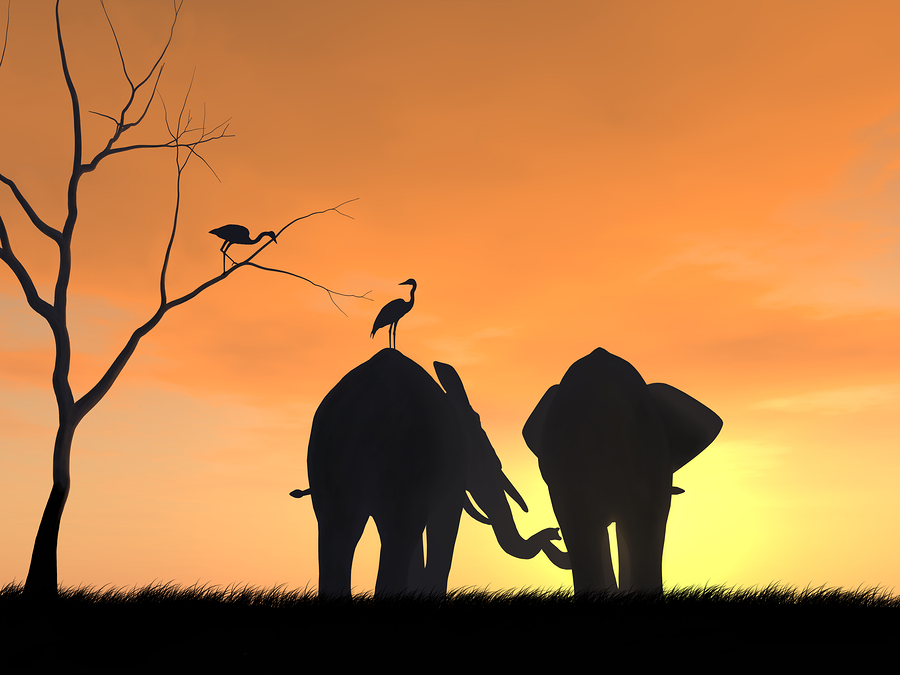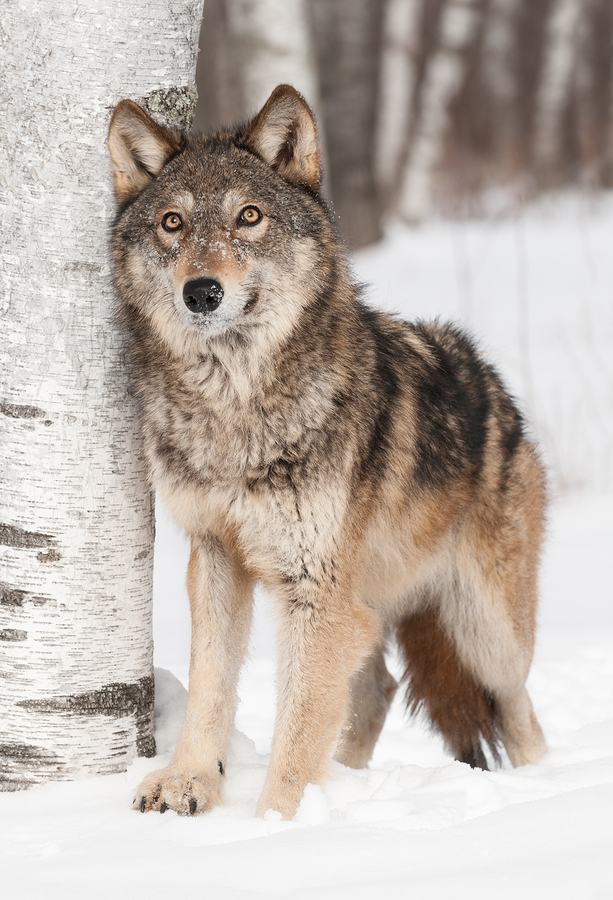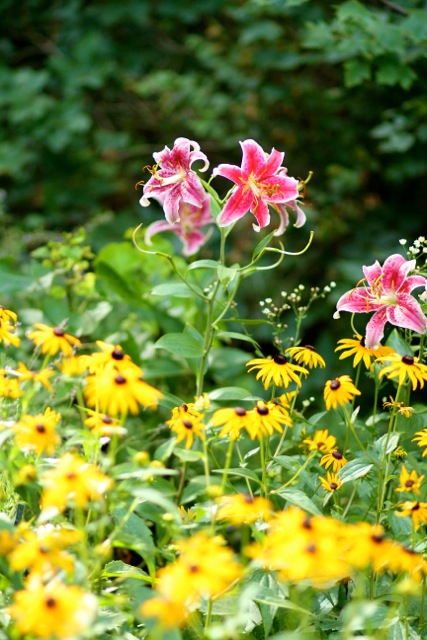Why the Spring Equinox is a tool for growth
This year the spring equinox in the Northern Hemisphere is Thursday March 20, at 16:57 UTC [coordinated universal time].
It’s a day of equal balance of the hours of light and dark before the sun continues its journey towards longer daylight hours and warming temperatures.
The equinox energy is strong for four days before and after March 20th, giving us time to bask in the opportunities and lessons it brings.
THE SPRING EQUINOX IS NOT JUST ANOTHER DAY
Ancient cultures throughout history have celebrated this time of rebirth of Mother Earth. But what does it mean for us?
The earth is comprised of 70% water and, on average, so is the human body. That alone is a giant clue as to how interconnected we are.
What happens to the earth’s energy also happens within us, therefore we can experience more harmony if we work with the earth’s cycles instead of ignoring them. It’s not just another day.
Here are some of the aspects of the Spring Equinox and how we can incorporate it into our own lives to help us better communicate with the spiritual forces of the earth.
How do you talk with Mother Earth?
Do you know how to talk with Mother Earth?
I know we all talk about the earth all the time, but that’s something different. I mean talking directly with her.
There’s a lot of talk about taking care of the environment, stopping pollution, growing organic food, preserving forests, etc.
But again, that’s just talking about her. It’s like talking about someone who’s right in the same room with you while you otherwise ignore them. Sort of rude, isn’t it?
Wild Dreams, Rough Emotions: Five tips for coping with February
This is a guest post by my friend Cynthia Rosi. Because February has been such a challenge for us living here in the northern United States, I thought many of us would benefit from her wisdom:
If you can’t sleep, if your dreams are continuous and crazy, if you feel like you’ve put in a hard day’s work at night — that’s par for the course in February.
There’s something very sleepy, almost stagnant, about the lack of light in the northern hemisphere and the cold, rainy, snowy weather. But under the surface it’s all churned up. As the subconscious cleanses itself, up come the old hurts and regrets and confusing emotions.
Winter Solstice – why it’s the true New Year!
Winter Solstice is the day when light is reborn out of the darkness of winter. Our days start to become longer and lead us back to the beauty of spring and the warmth of summer, stretching towards their peak at the Summer Solstice.
Most ancient cultures celebrated this return of light and life with feasting, music, light and fire, and for many, it was the true beginning of the New Year.
It was so important to the pre-Celt ancients of Ireland that they spent over 30 years building a monument to the returning sun: Newgrange.
Older than Stonehenge and the pyramids of Giza, it was designed so that on the Winter Solstice, the rising sun shines directly along the long passage into the inner chamber and for 17 minutes illuminates the chamber floor and the symbols etched on the back wall.
WHAT DID THE ANCIENTS KNOW THAT WE DON’T?
It’s hard for the modern mind to imagine spending 30 years building something to celebrate a three-day event. Yet, that’s how important the Winter Solstice was to the ancients.
There are still traditional cultures around the world today that believe that the ceremonies they conduct on a daily, monthly and yearly basis keep the earth spinning on its axis. I share their belief.
How fruit flies proved Dr. Oz wrong about organic produce
Dr. Mehmet Oz caused quite a stir with his December 2012 Time Magazine cover story on conventional versus organic produce.
In “Give (Frozen) Peas a Chance – and Carrots Too,” he shocked many organic food fans, myself included, by saying organic food is no healthier than the frozen conventional vegetables in the supermarket.
Oz said, “nutritionally speaking, there is little difference between the farmer’s- market bounty and the humble brick from the freezer case.”
Nutritionally, he was right. But in terms of overall health, he was wrong. Why? Because he didn’t look at the right studies.
A Thanksgiving Prayer
Thanksgiving prayers are common to most religious groups. Native Americans had entire ceremonies just for the purpose of expressing thanks – sometimes these ceremonies last for days.
This Thanksgiving Prayer comes from the Seneca Nation and is at least 500 years old.
It is traditionally done around a fire, with spiritual food on the altar. I have adapted it to be used as a Thanksgiving Prayer on our national holiday:
SENECA THANKSGIVING PRAYER
And now we are gathered together to remember the Great Mystery’s first instruction to us: to love one another always, we who move about on this earth.
When elephants grieve
In 1998, prize-winning conservationist Lawrence Anthony purchased 5,000 acres of pristine bush known as Thula Thula in the heart of Zululand, South Africa.
He then transformed what had been a run-down 19th Century hunters’ camp into a wild animal preserve and a center for eco-tourism.
In 1999, he was asked to take in a herd of “rogue” elephants from another game reserve. These wild elephants were going to be shot if another home was not found for them!
Knowing he was their last hope, and against all odds of success, Anthony took them in.
The story of how Anthony rescued and rehabilitated the elephants by winning their trust, becoming their friend, and learning to communicate with them is described in his best-selling book, The Elephant Whisperer.
But the most remarkable part of his story may be what happened after Anthony died.
Life lessons from autumn leaves
Autumn is in full swing here in the northern U.S. And the colors are spectacular.
They are also a wonderful reminder of the circle of life, the passing of time, and how the earth always renews itself.
Indigenous peoples didn’t use a linear calendar; the year didn’t start with January 1 and end with December 31. And there wasn’t an old man carrying a scythe and hourglass to symbolize the gloom of another year over.
Native people noted what’s going on in the natural world by the change in the landscape around them and the movement of the sun, moon and stars.
And that in turn helps them remember the circle of all life; everything dies and returns.
Were you Crazy Horse in a past life?
“I was Crazy Horse in a past life.”
No, that’s not me saying that. But it’s a statement I’ve heard several times from people I’ve met through my years of walking the Native American spiritual path.
Sometimes they say they were Sitting Bull or some other famous Native American Holy man, but never a shepherd or pony boy or woman.
It’s not my place to judge whether they’re right or wrong, but I always have the same thought when I hear it: “But who are you in this life?”
Because that’s the only thing that’s important: who are you now.
Not, what’s your title or job. Rather, what is your character?
We come from the stars
Do you ever look up at the night sky and feel a longing? A familiarity? As if perhaps you came from the stars?
I do.
Whenever I look at the Pleiades I feel a calling to home. And there’s a reason for that.
We come from the stars. The carbon, nitrogen and oxygen atoms found in all life on earth, including humans, was produced originally in stars billions of years ago.
That is scientific fact.
The universe is in us. The universe is us.
Stars that collapsed, exploded and scattered over the universe became part of gas clouds and formed the next generation of solar systems.
“The nitrogen in our DNA, the calcium in our teeth, the iron in our blood, the carbon in our apple pies were made in the interiors of collapsing stars.
“We are a way for the universe to know itself. Some part of our being knows this is where we came from. We long to return. And we can, because the cosmos is also within us. We’re made of star stuff.” Carl Sagan, in the 1980 PBS series “Cosmos.”
There’s a little bit of Chernobyl in us all
I’ve been reading with alarm the stories of radioactive fish being caught in the Pacific Ocean as a result of the Fukushima nuclear plant disaster in Japan in 2011. Including radioactive bluefin tuna caught recently off the California coast.
Fukushima is the largest nuclear disaster since the Chernobyl disaster in 1986, both measuring Level 7 on the International Nuclear Event Scale.
Even after the initial radiation leakage that occurred in 2011 as a result of the earthquake and tsunami, the Fukushima plant has continued to leak radiation into the Pacific Ocean.
There are no signs of it stopping because Japan can’t even figure out why it’s leaking.
All fishing off the Fukushima coast has been banned by the Japanese government, though restrictions were eased in June 2012 allowing fishing of 16 types of marine life.
But here’s the thing: fish swim. And they can swim from Japan to the U.S. coastline. A bluefin tuna tagged by scientists was found to have crossed between Japan and the West Cost of the U.S. three times in 600 days.
Japanese and U.S. officials claim that the amount of radiation found in the bluefin is safe. But the overwhelming scientific opinion is that there is no safe level of radiation.
So there isn’t a consensus. But here’s what you can rely on: governments will lie to us and downplay the danger.
So we’re on our own and have to fend for ourselves on what to eat and how to stay healthy.
“It is a good day to die!” Really?
Most of us have heard the Native American term “it is a good day to die.” It was usually said in the movies by a Native warrior as he rode off into battle. But how often do we think about what that really means? Do we live as though each day is a good day […]
Continue readingSacred drumming – why it’s for everyone
I have been facilitating a Full Moon Drumming Circle for the past six years and I always get the same comment/question when new people inquire about joining us:
“I’ve never drummed before and I don’t know how to do it.”
The fact is: everyone knows how to drum. It’s in our DNA and is one of the oldest means of communication, meditation and musical expression.
So I just tell them to have courage, keep a steady beat and follow the leader. Nothing could be simpler.
A meditation on weeding
When I purchased my first house over 15 years ago, I was pretty darn excited. About everything, even weeding.
I do know that, in the bigger picture of things, weeds are simply plants that we don’t know the use for. . . yet.
But sometimes they grow where we don’t want them. And what’s to be done, but … weeding!
Being in Southern California, I studied drought resistant plants and took pride in doing all my own landscaping.
I remember a friend being over one day and as we sat on the patio I saw a few weeds in the flower bed and reached down to pull them out. She made some comment about weeding and I said, “Yes, I’ll be weeding the rest of my life.”
We laughed at the time, but it was an off hand comment that was truly prophetic.
So what does it mean to be weeding for the rest of our lives. I’m not going to go into the esoteric teachings of removing negative thoughts and habits from our lives, though that is a good analogy.
I’m really going to talk about weeding an outdoor garden and how to make the best of it.
Our Tall Standing Brothers – the trees
The next time you see a group of trees, don’t just admire their beauty. Say thank you for all they do for us.
Did you know trees communicate with one another? They have a consciousness far beyond our awareness.
They also fight crime. Read on.
NATIVE AMERICAN TEACHINGS ON TREES
“It’s amazing what you feel from a tree. It can give us energy. When we take long hikes in wooded areas, we often put our fingertips on the ends of the cedar or the pine needles. Just standing there touching them, you’re going to feel energy come to you. Trees are emitting energy all the time. Every needle of the tree, every leaf, is trying to make the atmosphere breathable for us. That’s why my people have great respect for trees. The trees are our relatives — we call them “tall standing brothers.” Bear Heart in “The Wind Is My Mother”
Elephants never forget
Did you ever wonder where the saying, “elephants never forget” comes from?
A 2000 PBS documentary presents a striking example of elephant friendship.
The documentary “The Urban Elephant” brought viewers the touching story of Shirley and Jenny, two crippled elephants reunited at The Elephant Sanctuary in Tennessee after a 22-year separation.
Shirley, a former circus elephant, had lived for two decades in a zoo without the company of another elephant, and with a chain around her leg.
Her reunion at the sanctuary with her old friend Jenny is an astounding example of the way our four-legged friends can experience friendship, love and compassion as profound as that of humans.
The nature of wolves and the nature of man
The nature of wolves is something the average person doesn’t usually give any thought to. And yet most Native Americans are very aware of the wolf nation, their gifts and their nature.
So I thought it would be worth a blog post. Because wolves are in great danger now, and they need our help.
My first introduction to the nature of wolves
Years ago, my very favorite TV show was “The West Wing” — a fictional show about what goes on behind the scenes in the running of the presidency and our country.
One episode that stands out in my mind was the fictional workday during which senior staff met with fringe special interest groups. Not the kind of special interest groups that have expensive lobbyists behind them. Special interest groups that have no money but a forward-thinking idea.
One might call them “seventh generation” ideas.
What is the 7th Generation principle and why do you need to know about it?
Whenever I mention the 7th Generation principle to most people, they think I’m talking about laundry detergent. I’m always surprised that more people don’t know the origin of the term, so I felt it deserved a post.
The “7th generation” principle taught by Native Americans says that in every decision, be it personal, governmental or corporate, we must consider how it will affect our descendents seven generations into the future. So that the pristine sky, field and mountains in this photo will still be here for them to enjoy.
A generation is generally considered to be 25 years, so that’s 175 years.
It is clearly not embraced by most governments and corporations in the world today. I mean, when was the last time any of us thought about who’s coming along seven generations from now?
The 7th generation principal was so important to Native American cultures that it was codified in the Iroquois Great Law of Peace. To my knowledge, all Native American and indigenous tribes throughout the world embrace this teaching.
Earthing: why even astronauts need to do it
Do you know what you have in common with astronauts? You both need to be in touch with the energy of Mother Earth in order to be healthy. And “Earthing” [also known as “grounding”] is an easy way to do it.
KEEPING ASTRONAUTS IN TOUCH WITH THE EARTH
We are so dependent on the earth’s energy, also known as her electromagnetic fields [EMF], that when we leave the planet for prolonged periods, we suffer.
The first Astronauts in space for long periods experienced what was called “space sickness” – nausea and disorientation.
The cause was a mystery until one scientist, Prof. Winfried Schumann, theorized it was because the astronauts, upon leaving the earth’s atmosphere, were deprived of the earth’s “song” or electromagnetic resonance.
Beltaine — the celebration of the green
In the Celtic calendar, May 1 is Beltaine, the first day of summer: the time to celebrate life, growth and love. The word “Beltaine” derives from the ancient Celtic words for “brilliant fire.”
Our Gregorian calendar says its still spring. But who cares? It’s what’s going on outside our window that’s important. Mother Nature doesn’t follow calendars, as we well know.
And again, this is not the post I had planned for this week. But as I sat in meditation this morning, listening to the birds, frogs and crickets sing their songs, I suddenly realized it was May 1 and the perfect day to write about what’s going on in the natural world.

